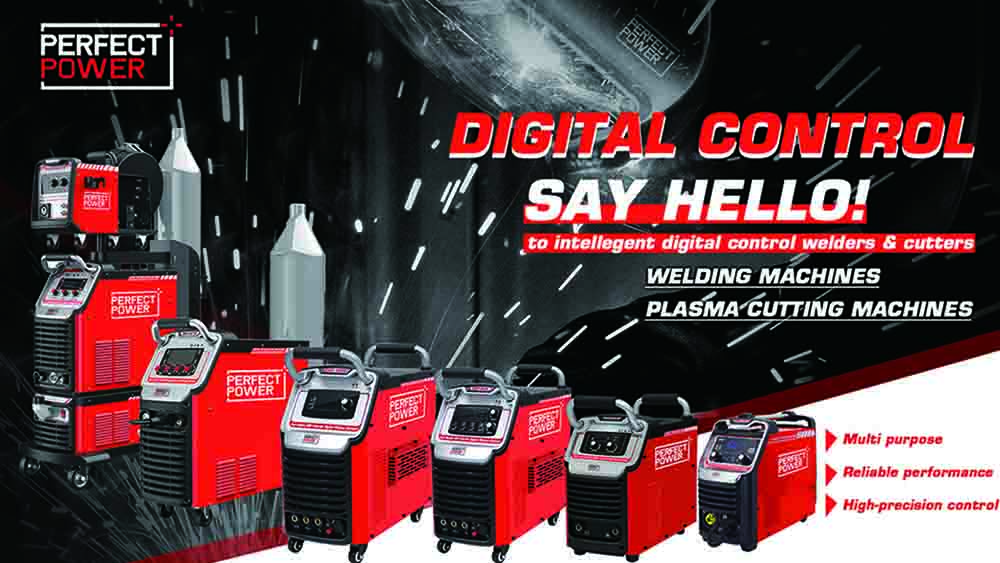
Choosing the right welding machine for your application can be overwhelming with so many options available on the market. But making the right choice is critical to achieving the quality welds you need while maximizing productivity. Here are 7 key considerations to help you select the best welding machine for your specific welding process.
1. Power Requirements and Input Power
Not all welding machines are created equal when it comes to power requirements. Before purchasing a welding machine, assess your available power supply. Are you working in a shop with 480V three-phase power or in a garage with standard 120V outlets? Many industrial welders require 220V or higher, while smaller machines can run on 110V household current.
The amperage requirements are equally important. A machine that requires 50 amps on a 30-amp circuit will trip your breaker constantly. Understanding the relationship between your power source and the welding machine’s demands will save you significant headaches down the road.
2. Process Capability and Versatility
Do you need a dedicated machine for a specific welding process, or would a multi-process welder better serve your needs? Single-process machines often excel at one thing but limit your options. Multi-process welders offer flexibility but might compromise somewhat on specialized performance.
If you primarily perform TIG welding on aluminum, a dedicated AC/DC TIG welder with a high-frequency start might be ideal. However, if your projects vary widely, a machine capable of MIG, TIG, and stick welding could be a better investment, even if it means slight compromises in specialized features.
3. Duty Cycle Considerations
The duty cycle rating of a welding machine tells you how long it can operate continuously before needing to cool down. A machine with a 60% duty cycle at 200 amps can weld for 6 minutes straight in a 10-minute period before requiring a 4-minute cooling period.
For production environments with continuous welding, higher duty cycles are essential. For hobbyists or those working on smaller projects with natural breaks, a lower duty cycle rating might be perfectly adequate. Remember that duty cycle ratings decrease as amperage increases – important if you’ll be welding thick materials regularly.
4. Portability and Work Environment
Will your welding machine need to move around the shop or travel to different job sites? Size and weight become critical factors in these scenarios. Modern inverter-based welders offer significant advantages in portability compared to older transformer-based units.
Also consider your working environment. If you’ll be welding outdoors or in harsh conditions, look for machines with appropriate IP (Ingress Protection) ratings to withstand dust and moisture. Some units are specifically designed for field work, with protective cases and resistance to environmental factors.
5. Material Types and Thickness Range
Different welding machines have different capabilities when it comes to material types and thicknesses. A machine perfect for sheet metal work might struggle with heavy plate, and vice versa.
Consider the amperage range of the machine – lower amperage settings (as low as 5-10 amps) are necessary for thin materials, while thicker sections require higher amperage capabilities. Also important is whether the machine offers specialized functions for materials like aluminum or stainless steel, such as pulse capabilities or AC frequency controls.
6. Advanced Features and Controls
Modern welding machines come with a range of features that can significantly impact weld quality and ease of use. Digital displays, programmable memory settings, and pulse capabilities can make a huge difference in certain applications.
For TIG welding, features like adjustable pre-flow/post-flow gas control, pulse frequency adjustments, and AC balance control can dramatically improve your results on challenging materials. For MIG welding, look for machines with good wire feed speed control, inductance adjustments, and potentially synergic programs that automatically adjust parameters based on material and thickness.
7. Budget and Total Cost of Ownership
While initial purchase price is an obvious consideration, the total cost of ownership extends beyond the sticker price. Consider factors like:
- Power efficiency (inverter machines typically use less electricity)
- Consumable costs and availability
- Warranty coverage and duration
- Availability of service and parts
- Compatibility with existing equipment
Sometimes spending more upfront for a quality machine from a reputable manufacturer can save money in the long run through improved reliability, better support, and lower operating costs.
By carefully evaluating these seven considerations against your specific welding needs, you’ll be better positioned to select a welding machine that delivers the performance you need at a price point that makes sense for your situation. Remember that the best welding machine isn’t necessarily the most expensive or feature-rich – it’s the one that best matches your specific welding processes and work environment.



